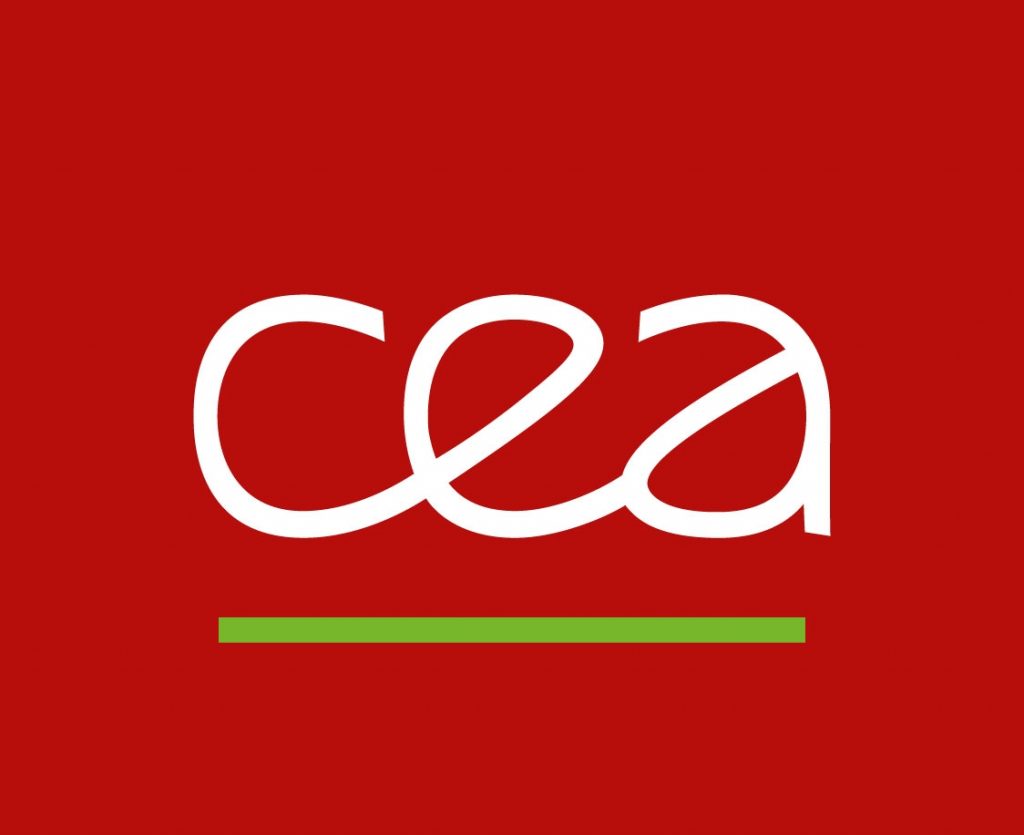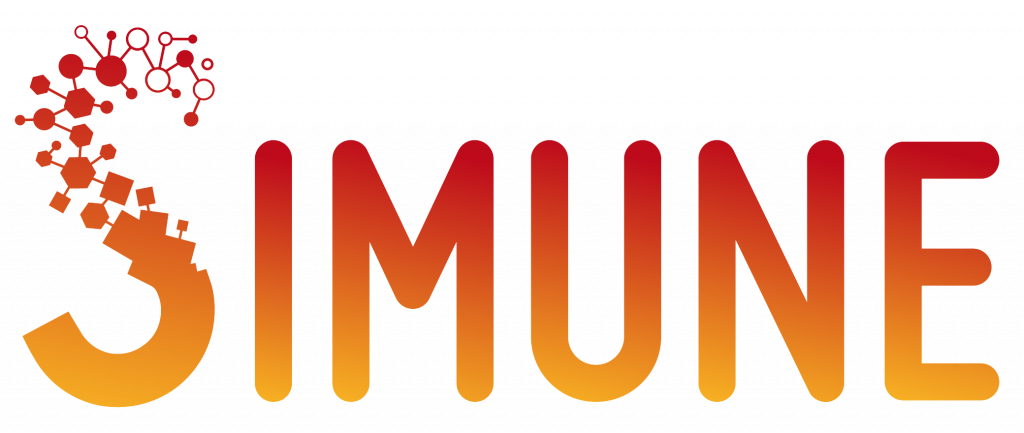Country
GermanyHost institution

Martin Luther Universität Halle-Wittenberg (Halle, Germany).
Supervisor
Prof. Dr. Ingrid Mertig
Description
While classical spintronics has traditionally relied on ferromagnetic metals as spin generators and spin detectors, a new approach called Spin Orbitronics exploits the interplay between charge and spin currents enabled by the spin-orbit coupling (SOC) in non-magnetic systems. Efficient spin-to-charge conversion (SCC) can be realized through the direct and inverse Edelstein effects in systems where broken inversion symmetry induces a Rashba SOC. ESR9 will search for materials with large Edelstein effects. Although the simple Rashba picture of split parabolic bands is usually used to interpret such experiments, a material specific search based on realistic electronic structure calculations is needed to predict possible candidates. In this project, ab initio electronic structure calculations will be the starting point for a realistic band structure. The current-induced spin polarization will be calculated by means of a semi-classical Boltzmann transport theory. Materials under consideration will be the 2-dimensional electron gas at the surfaces of topological insulators, Weyl semi-metals and oxide interfaces. Feedback from experiments will be given by ESRs 1, 7, 8.
Requirements
See general eligibility conditions.
Planned Secondments
Spintec Laboratory* (Grenoble, France), under the supervision of Laurent Vila together with nanoGUNE (San Sebastián, Spain), under the supervison of Felix Casanova.
*Spintec is jointly operated by CEA, CNRS, UGA, and G-INP, and is represented by CEA in the context of the SPEAR project.
SIMUNE (San Sebastián, Spain), under the supervision of Mónica García-Mota.
Registering University
Martin Luther Universität Halle-Wittenberg (Halle, Germany).




